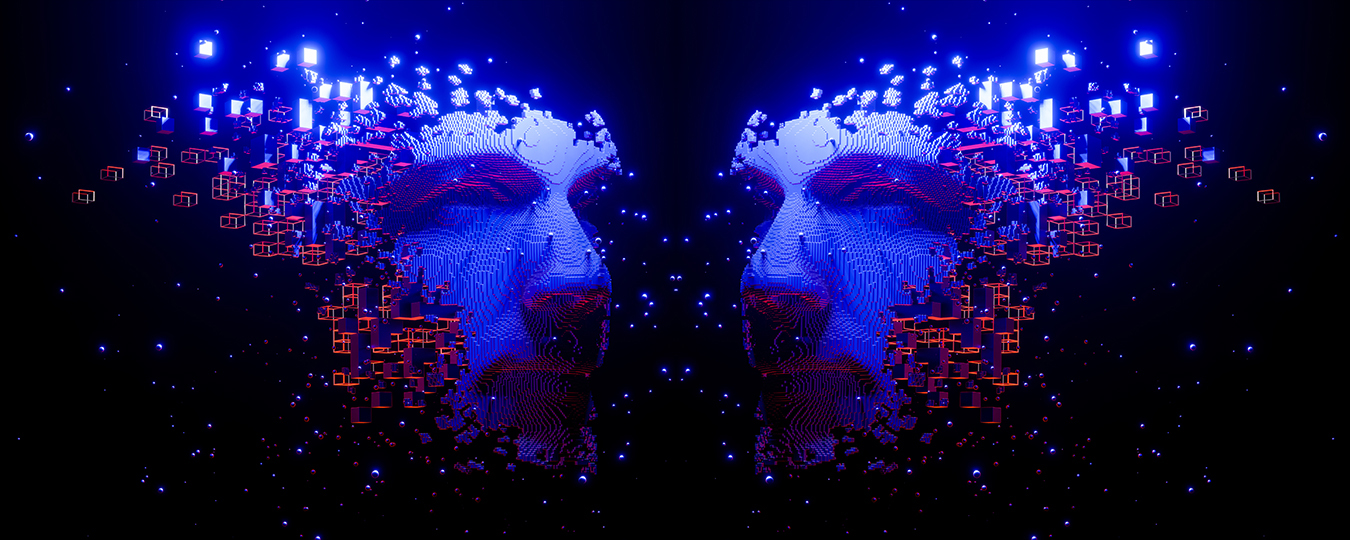In the world of digital design, 3D content creation is evolving at a lightning pace. As AI and machine learning make inroads into the domain, we're witnessing the emergence of render models capable of generating 3D content autonomously. But as with any burgeoning tech, there are challenges. One of the primary challenges is narrowing down outputs to ensure they're not just impressive, but also acceptable and relevant. Let’s dive in and learn more about training 3D render models.
Understanding the Broadness of 3D Content:
Before diving into the nitty-gritty of training, it's essential to grasp the vastness of potential outputs in 3D content. From intricate architectural designs to whimsical animated characters, the scope of 3D design is immense. When we talk about "acceptable outputs," we mean designs that are:
Relevant - Pertinent to the input or prompt given.
Practical - Usable in the intended application or platform.
Aesthetically Pleasing - Visually appealing and well-composed.
Ethical - Free from biases, inappropriate content, and copyright/attribution issues.
Steps to Train a 3D Render Model for Narrowed Outputs:
Curated Dataset: Begin with a dataset comprising diverse, high-quality 3D content. A model is only as good as its training data. Ensure that the data is representing various themes, styles, and perspectives. This ensures that the model can generate a wide range of outputs. At Tafi, we’re working with Daz 3D’s massive 3D dataset, going back decades and covering a wide range of visual themes.
Feedback Loops: Introduce real-time feedback loops. This involves having designers or users interact with the model's outputs and providing feedback, which is then used to refine and retrain the model. Our team works hard to test different training model iterations, making sure we get a variety of feedback, from developers, creatives, and novice 3D enthusiasts.
Fine-Tuning: Unlike traditional models that you might train once and deploy, 3D render models benefit from fine-tuning. Regularly expose the model to new trends, styles, and feedback to ensure it remains relevant and produces the results we want. This is key to making sure the tech grows in tandem with any burgeoning advances in the field.
Constraints and Guidelines: Implement constraints and guidelines that the model should follow, like certain aesthetic principles or industry-specific standards. These guideposts help in narrowing down acceptable outputs. In our case, realistic 3D render models and environments with the artistic caliber of Daz Original art.
Ethical Training: Incorporate training sessions where the model is educated on avoiding content that could be considered inappropriate, biased, or offensive. This is crucial for a global audience. With the rise of ethical dilemmas involving AI, it’s of utmost importance to us to create a 3D render model that will take an ethical and considerate approach.
Output Analysis: Output analysis is an iterative process that aids in model refinement. By analyzing outputs and understanding where the model went wrong or where it excelled, we can adjust the model architecture, feature engineering, or training data to enhance its performance.
This is important because for AI systems to gain trust, it's essential to understand their decision-making processes. Output analysis explains why a model made specific predictions, which is crucial for transparency, especially in regulated domains.
The Future of 3D Content Creation with AI:
While the steps above can significantly narrow down outputs, there's always room for improvement. The collaboration of human designers with AI will continue to be pivotal. As AI assists in automating and enhancing the creative process, human expertise ensures that the outputs remain grounded, relevant, and exceptional.
In conclusion, the journey of training a 3D render model is dynamic, and filled with iterations, learnings, and evolution. By combining the vast potential of AI with human intuition and creativity, we're on the brink of witnessing an increase in both artists and artwork. Every day, new exciting technologies are born and we’re just as excited to be contributing to this groundbreaking field. Stay tuned as we continue to build our AI ecosystem and keep up to date with the latest AI news.



